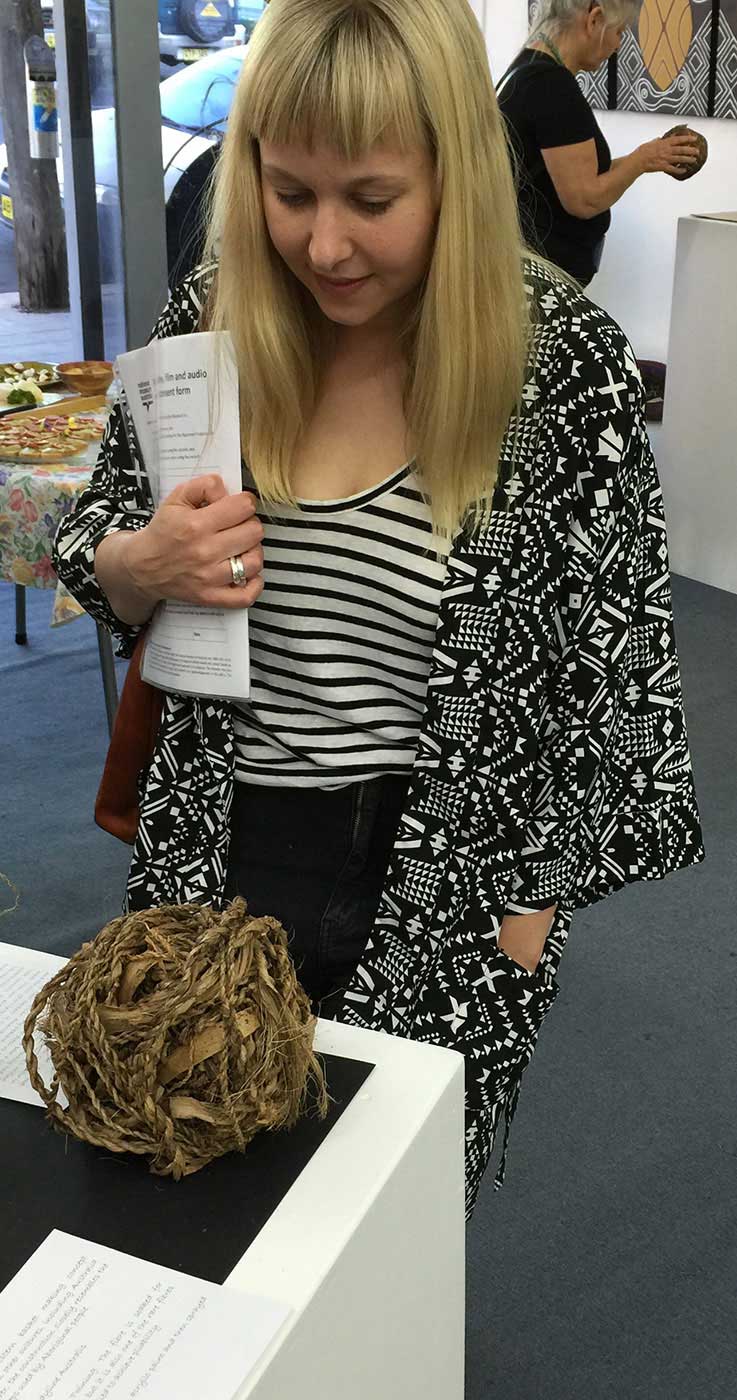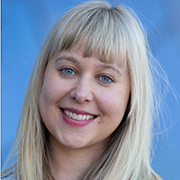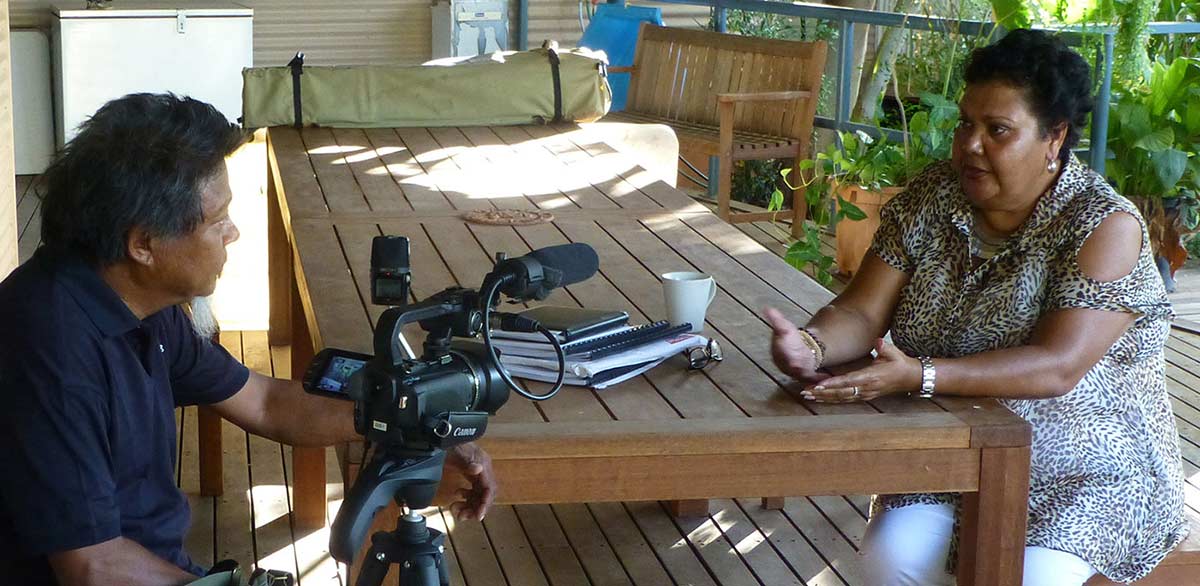The stories of people involved in Encounters, past and present, are at the core of the project. Film enables us to present the thoughts, opinions, memories and reflections of community members in the first person. More importantly, the personal stories give deeper insights into the objects on display. The objects are incomplete without these stories, which reconnect people, objects and communities.

Even though communities had been sent booklets of information and images, often our filming captured the moment where an individual saw an object that they previously hadn’t known existed.
This moment of recognition is incredible to observe – these objects, treasured by the British Museum curators for years, became something different when the community members recognised them as something made by their ancestors.
The object then transformed from something inanimate held in an overseas museum to a living object charged with living memory. Film can capture this moment perfectly.
Back at the museum, every interview was transcribed, and a short film created by the media team and the curators. Around 30 clips from filmed interviews feature in the exhibition.
Every filmed interview will eventually be available on the Encounters website, forming an incredible archive of Aboriginal and Torres Strait Islander opinions, thoughts and feelings about these objects returning to Australia from the British Museum for the first time.
You may also like

